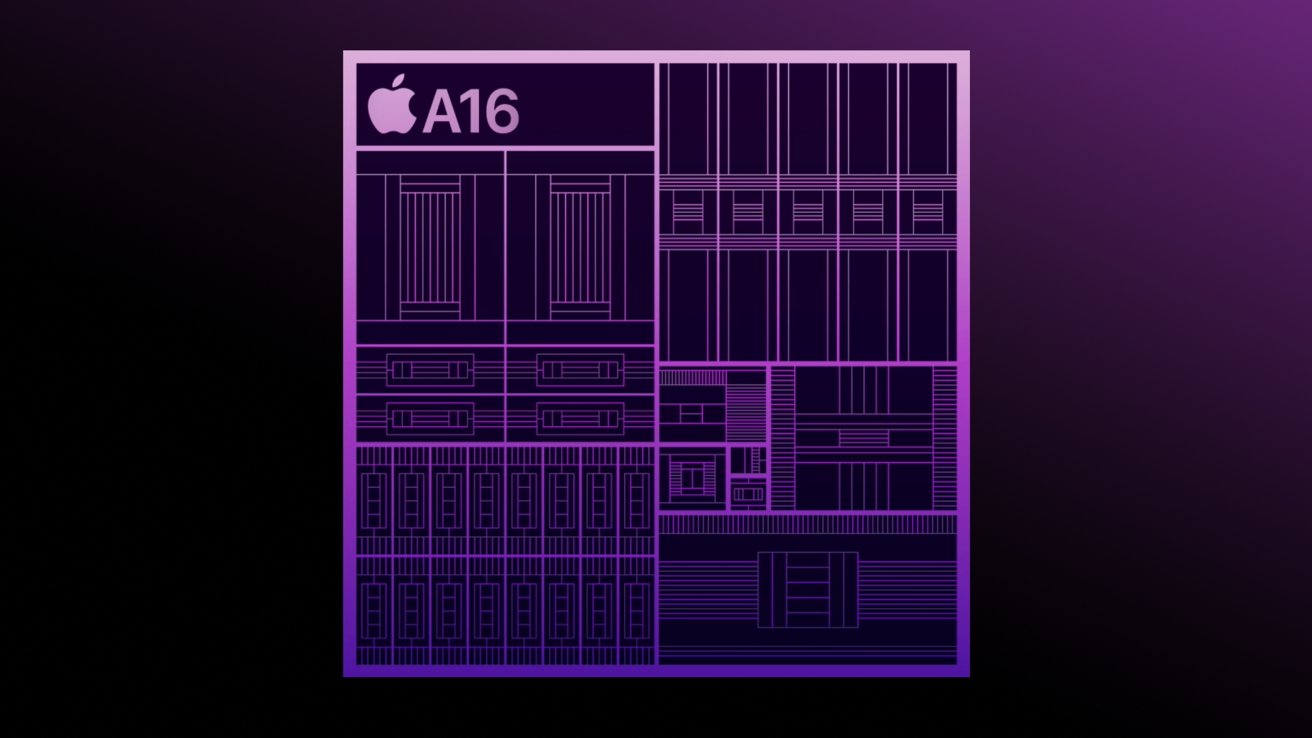How Millions of Users Unwittingly Fed Their Facial Data to ChatGPT and the Consequences That Followed
Picture this for once. You’re scrolling through your favorite AI art generator, captivated by how your basic pictures were converted to a beautifully rendered Ghibli-inspired portrait, and that too, within seconds. The magic of this automated image generation meets the whimsical world of Studio Ghibli, allowing you to create art with the click of a button. But beneath the surface of this captivating digital renaissance lies a troubling reality!
In this article, we delve into the unsettling truth behind the AI art revolution, focusing on how millions of users have unknowingly contributed their facial recognition data to AI platforms. This is not only about the art you create; it is also about the personal data you leave behind, the possible consequences that could reshape security, and the future of digital art itself.
The Rise of AI-Generated Art and the Ghibli Aesthetic
The explosion of AI-generated art has been fueled by platforms like DALL·E, MidJourney, and ChatGPT and has given users an unparalleled opportunity to create stunning visuals with just a few words/prompts. One particular style that has been dominating the AI art world is the nostalgic, dreamlike quality of Studio Ghibli. Generations have been enthralled by Ghibli’s whimsical charm, from Princess Mononoke to My Neighbor Totoro, and AI now makes it possible for anybody to create similar fantastical worlds.
However, as more users went to these sites to produce their own Ghibli-inspired works of art, they inadvertently joined a far wider ecology of data harvesting. Not only are ChatGPT and other AI systems educated on text, but they also take in a variety of additional personal information, such as facial recognition data. Unaware of the consequences, users unintentionally enter their facial expressions, feelings, and even micro-reactions into the algorithms that drive these sites.
Facial Recognition: The Invisible Price of Creative Freedom
Even if AI-powered creative production is unquestionably innovative, it is critical to recognize the hidden costs that many users incur. Systems for facial recognition are modeled to examine every nuance of a person’s face, which also includes emotions and minute variations in expression. Platforms like ChatGPT may be collecting biometric markers in addition to visual data when they request access to your camera or let users upload images. These markers could be utilized for purposes well beyond creating art.
Every time you engage with an AI model, you’re not just interacting with a tool; you’re feeding an algorithm. For millions of users, this data is not just used to improve art generation- it is stored, analyzed, and could be monetized by third-party companies.
This is where things start to get murky!!!
The Big Brother Potential: Facial Data and Surveillance
The potential applications of facial recognition technology outside the creation of art are growing along with AI technology. What started off as a playful experiment with Ghibli-inspired graphics could eventually become a huge monitoring tool. Facial expression data can be used to forecast your behavior, customize material, and even subtly influence your emotions.
Imagine this. Every smile, frown, or even the look of surprise could be analyzed and stored to create a digital profile of your emotional tendencies. Companies could then use that information to target you with ads or even influence the art you see, making it more aligned with your perceived emotional state. This, of course, assumes that facial recognition data is shared with or sold to third parties — a very real risk in an increasingly data-driven world.
The Ethics of AI Art: Should We Be Concerned?
At its core, the issue here isn’t about privacy but ethics.
Is it right for platforms to collect facial data without clear consent?
Should the creators of these tools be transparent about how this information is used?
The fact that many consumers are ignorant of how their data is being utilized exacerbates the issue. We frequently don’t recognize that we are consenting to the processing and use of our facial data in ways we don’t completely comprehend when we click “accept” on a terms-of-service agreement. It is the ethical duty of AI businesses to clarify this procedure and guarantee that customers can manage their data.
Real-World Consequences: How Facial Data Could Be Misused
Despite our desire to believe that our data is secure, practical examples have demonstrated that this is not the case. Facial recognition software has occasionally been used to follow people in public areas, track their emotions for advertising, and even support mass monitoring. There is a great deal of opportunity for this technology to be abused, and it frequently is.
Take the increasingly popular “deepfake” technology, which makes use of AI and facial recognition to produce incredibly lifelike recordings of people speaking things they never actually uttered. Deepfakes might be amusing, but they can seriously jeopardize trust and privacy. It may soon be possible to produce deepfakes, sway public opinion, or harm reputations using the same facial data that drives art generators.
Protecting Your Data: What Can You Do?
Users must be more aware of their digital footprint in light of the possibilities. Here are a few steps you can actually take to protect your facial data:
- Be Informed: Always review the platforms’ privacy policies. Verify what information they gather and how they intend to use it.
- Control Your Data: Whenever feasible, take advantage of solutions that give you data management capabilities. Platforms should offer the ability to anonymize or remove your data.
- Be Vigilant: Remain alert by routinely checking and updating your accounts’ and devices’ privacy settings. Give users access to facial recognition features with caution.
Conclusion: The Art of Balance
One of the most fascinating developments in creative technology has been the emergence of AI-generated art, particularly the Ghibli-inspired designs. However, we must be aware of the hidden risks associated with this new frontier as we continue to explore it. Despite its strength, facial recognition raises a number of privacy issues that should not be disregarded.
As users, we must demand more transparency and better control over how our data is used. In Parallel, companies need to take a more proactive role in safeguarding user privacy and ensuring that AI technologies are not misused for profit or surveillance.
The future of AI art is bright, but we must ask ourselves: Are we willing to trade our privacy for creativity?
Would you like to take a stab at answering some of these questions? The link for the template is












